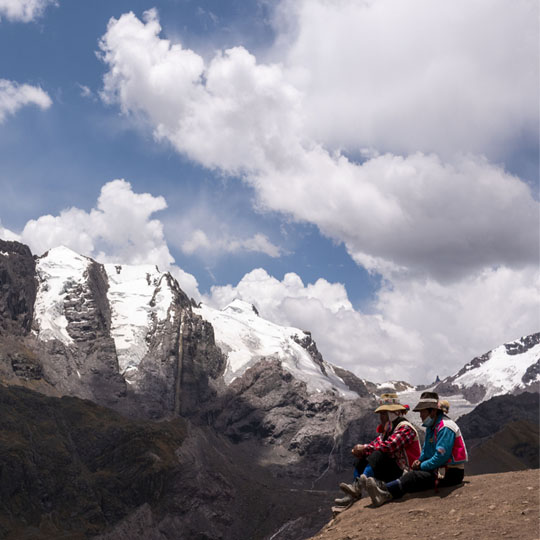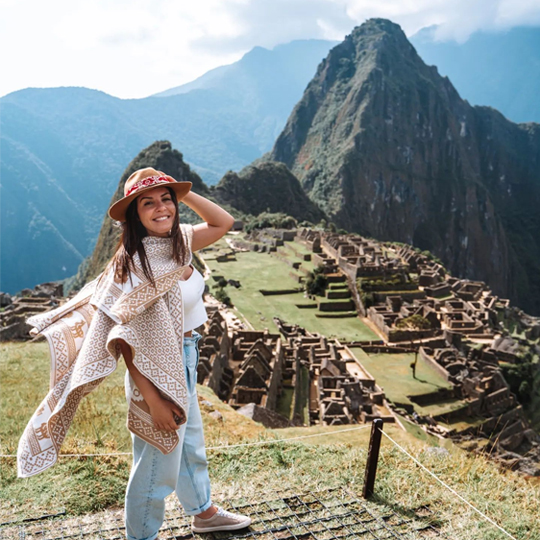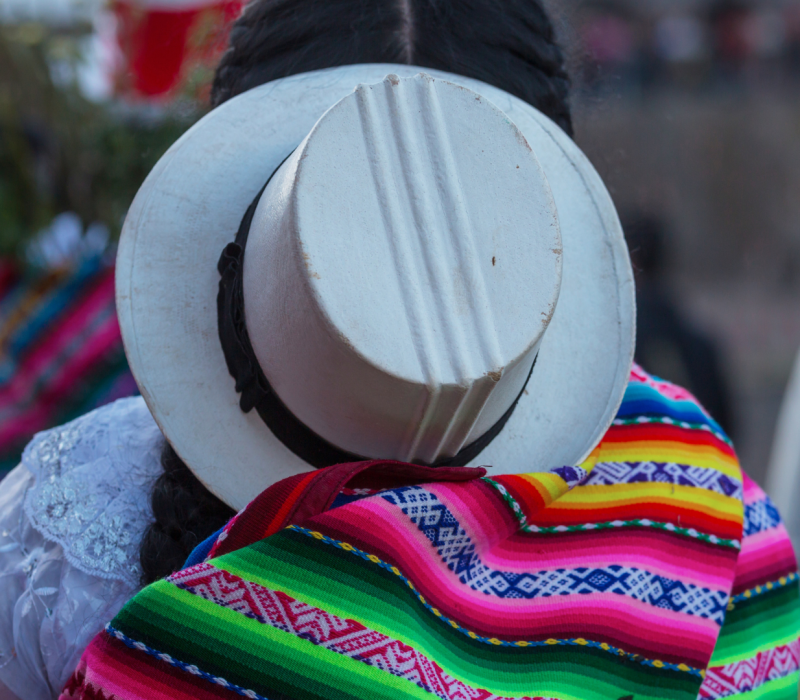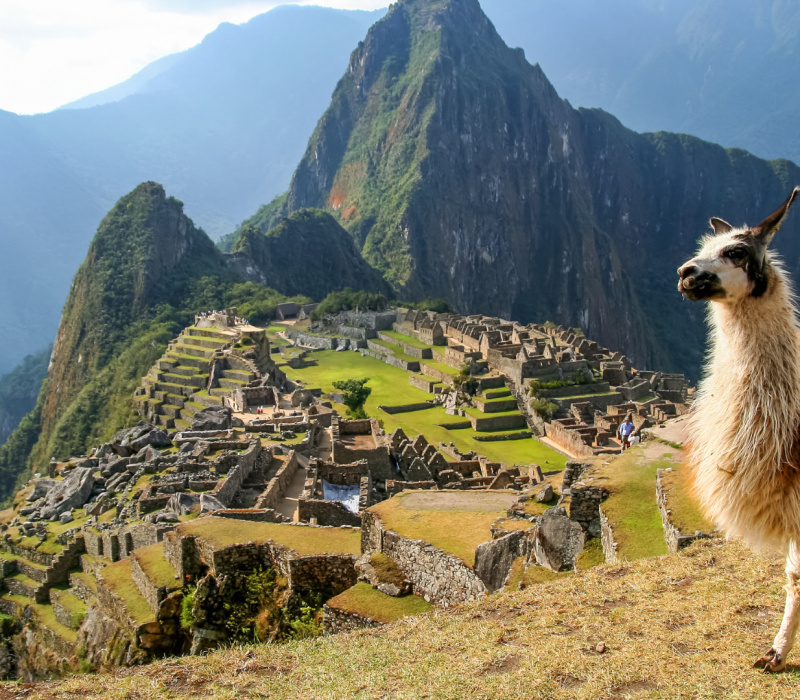Cusco, the ancient capital of the Inca Empire, is located at more than 3,400 meters above sea level (masl). This altitude can cause the dreaded altitude sickness, also known as soroche in Peru. But don’t worry! With a good preparation and following some
What is Altitude Sickness or Soroche and Why Does It Occur?
Altitude sickness is a response of the body to the reduced availability of oxygen at high altitudes. When you ascend quickly, your body doesn’t have enough time to adjust, which can lead to a number of
Common Symptoms of Altitude Sickness
The symptoms of soroche or altitude sickness usually manifest themselves between 6 and 24 hours after arriving in a high-altitude area, and vary in intensity depending on each person, their physical condition and how quickly they ascended. Among the most common signs are:
- Severe headache: This is the most common symptom and can feel like constant or stabbing pressure that worsens with exertion.
- Nausea and/or vomiting: they are often accompanied by stomach upset, which can make it difficult to eat and drink fluids.
- Feeling of fatigue or extreme weakness: the body must adapt to the reduced availability of oxygen, which generates tiredness even with minimal activities.
- Dizziness or vertigo: Lack of adequate oxygenation affects balance and can lead to a feeling of instability when walking.
- Loss of appetite: It is common for the person to not feel like eating, which can worsen the general condition by reducing the available energy.
- Difficulty sleeping or insomnia: rest is disturbed by a lack of oxygen and physical discomfort, which delays the body’s recovery.
The Key: How to Acclimatize to Altitude Properly
The best strategy to prevent altitude sickness is to give the body enough time to adapt to the decrease in oxygen, that is, to perform a correct acclimatization. This allows the body to adjust gradually and greatly reduces the intensity of symptoms.
Here we share our best tips for facing altitude in Cusco:
Arrive in Cusco in Advance
If possible, plan to arrive in Cusco at least 24-48 hours before doing activities of great physical exertion, such as the Humantay Lagoon Tour or the Rainbow Mountain Tour.
Ascend Gradually
If you’re coming from a place at sea level, consider spending a night in the Sacred Valley (which is at a lower altitude than Cusco, around 2,800 meters above sea level) before heading up to the city. A Sacred Valley Tour can be a great way to acclimatize gently.
Take It Easy The First Days
Avoid intense exercise, heavy meals, and alcohol during your first 24-48 hours in Cusco. Walk slowly and rest when you need to.
Hydrate Constantly
Drink plenty of water, even more than usual. Avoid dehydrating drinks such as excessive coffee and alcohol.
Eat Light
Opt for easy-to-digest, high-carb, low-fat meals. Soups, such as quinoa, are a great option.
The Power of the Coca Leaf
Mate de coca (infusion of coca leaves) or chewing coca leaves is a traditional Andean remedy that is very effective in relieving mild symptoms of soroche in Peru. You can easily find it in markets and hotels.
Are There Pills for Altitude Sickness?
Yes, there are medications that can help prevent altitude sickness. The best known are soroche pills such as Acetazolamide (Diamox).
- Important: You should consult with your doctor before traveling to determine if they are right for you, the correct dosage, and when to start taking them (usually 1-2 days before ascending). Don’t self-medicate.
- Some travelers also opt for over-the-counter pain relievers like ibuprofen for headaches.



What to Do If I Already Have Soroche Symptoms?
If despite all the precautions you begin to experience symptoms of soroche, it is essential to act immediately to avoid complications and promote recovery. Some helpful measures include:
- Rest: Stop any physical exertion and give your body a chance to adapt. Don’t push yourself harder than necessary.
- Hydrate constantly: drink plenty of water and complement with traditional infusions such as coca tea, very popular in Cusco to relieve discomfort.
- Avoid alcohol and tobacco: both increase dehydration and reduce the body’s ability to adapt to altitude.
- Eat lightly: opt for easy-to-digest meals, in small portions, so as not to overload the digestive system in a moment of weakness.
- Consider the use of supplemental oxygen: many hotels and health centers in Cusco offer oxygen tanks for visitors who need it.
- Seek medical attention if symptoms are severe or persist: severe headache, shortness of breath or continuous vomiting are warning signs. Although rare, altitude sickness can lead to serious conditions such as cerebral or pulmonary edema, which require immediate attention.
Preparing for Altitude Tours such as Rainbow Mountain and Humantay
Tours such as the Rainbow Mountain (which reaches almost 5,200 meters above sea level) or the Humantay Lagoon (around 4,200 meters above sea level) require a good previous acclimatization.
- Make sure you have spent at least 2-3 days in Cusco or the Sacred Valley before setting out on these adventures.
- Follow all the acclimatization tips above.
- Consider bringing coca leaves, flowery water, or lemon candy for the hike.
- Listen to your body and go at your own pace! At Inka Planet Adventure, our guides are trained to assist you.
Conclusion: Travel Prepared and Enjoy Cusco
Altitude sickness in Cusco is a real possibility, but with the right information and preparation, you can significantly minimize its impact. Remember that how to acclimatize to altitude is a personal process. Follow these tips, listen to your body and you will be ready to enjoy all the wonders that Cusco and its surroundings have to offer.
Ready to plan your Andean adventure? Contact Inka Planet Adventure to organize your tours in Cusco!


